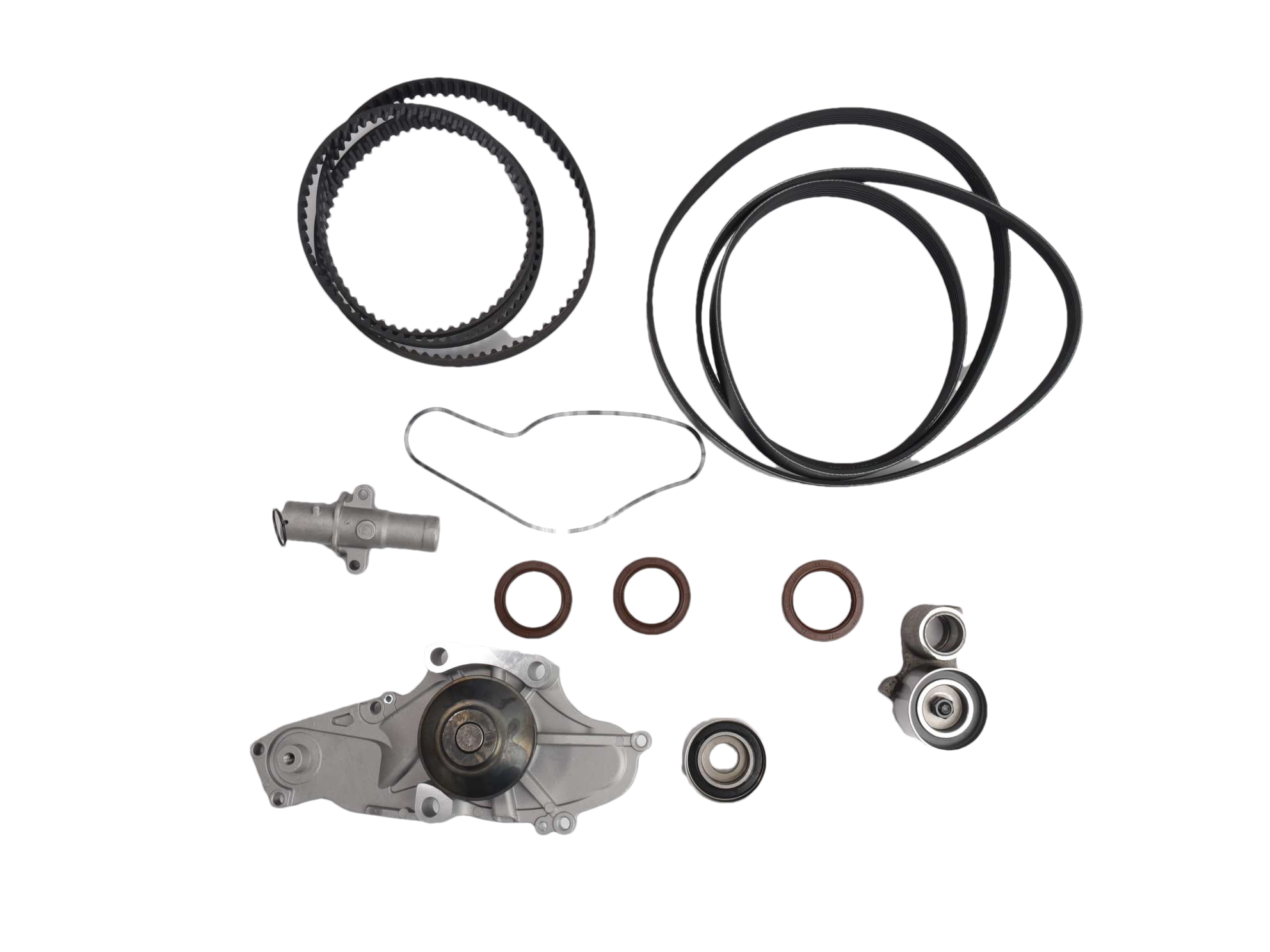 English
English Español
Español  Português
Português  русский
русский  Français
Français  日本語
日本語  Deutsch
Deutsch  tiếng Việt
tiếng Việt  Italiano
Italiano  Nederlands
Nederlands  ภาษาไทย
ภาษาไทย  Polski
Polski  한국어
한국어  Svenska
Svenska  magyar
magyar  Malay
Malay  বাংলা ভাষার
বাংলা ভাষার  Dansk
Dansk  Suomi
Suomi  हिन्दी
हिन्दी  Pilipino
Pilipino  Türkçe
Türkçe  Gaeilge
Gaeilge  العربية
العربية  Indonesia
Indonesia  Norsk
Norsk  تمل
تمل  český
český  ελληνικά
ελληνικά  український
український  Javanese
Javanese  فارسی
فارسی  தமிழ்
தமிழ்  తెలుగు
తెలుగు  नेपाली
नेपाली  Burmese
Burmese  български
български  ລາວ
ລາວ  Latine
Latine  Қазақша
Қазақша  Euskal
Euskal  Azərbaycan
Azərbaycan  Slovenský jazyk
Slovenský jazyk  Македонски
Македонски  Lietuvos
Lietuvos  Eesti Keel
Eesti Keel  Română
Română  Slovenski
Slovenski  मराठी
मराठी  Srpski језик
Srpski језик
How to choose a timing belt? Here's a detailed shopping guide
2024-07-09
When choosing a timing belt, there are also many classifications, purchasing techniques, and key knowledge. Next, we will share with you how to choose a timing belt?
1、 Belt classification
1. Rubber
Rubber timing belt is the most common type, consisting of rubber and reinforcement layer. This type of timing belt has good elasticity and wear resistance, and is suitable for most car engines. The service life of rubber timing belts is generally around 5 years, but the replacement time needs to be determined based on different vehicle usage to avoid breakage caused by aging.
2. Polyurethane
Polyurethane timing belt is a high-performance timing belt with high wear resistance and high temperature resistance. This type of timing belt is commonly used in high-performance car engines, such as racing cars. Due to the special nature of its material, the lifespan of polyurethane timing belts can generally reach about 8 years.

3. Steel wire reinforcement
Steel wire reinforced timing belt is a type of timing belt designed specifically for high-power engines. It has a high-strength steel wire reinforcement layer that can withstand greater tension and loads. This type of timing belt is common in some high-end luxury models and transport vehicles. Due to its unique structure and higher load-bearing capacity, the service life of steel wire reinforced timing belts can usually reach more than 10 years.
2、 Purchasing Tips
1. Brand
1) Small brands have a short lifespan and may not guarantee quality, but they are cheap.
2) Big brands have longer lifespan, longer durability, guaranteed quality, and relatively higher prices.
2. Materials
Ordinary rubber CR is cost-effective, but not durable and has average effectiveness.
HNBR material, more resistant to high temperatures, friction, oil, and aging.
3. Replacement cycle
1) According to the mileage, it is generally around 60000 kilometers for replacement.
2) According to the age, it is generally 2 years (if you see cracks on the surface of the timing belt and a strong rubber smell on the belt, you need to pay attention to whether the timing belt is aging and there are abnormal noises while driving. At this time, you should consider replacing the timing belt.)




